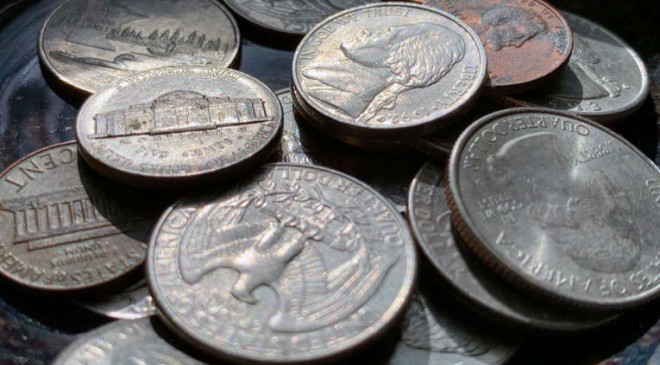There’s a new reason to break open your piggy bank.There’s a new reason to break open your piggy bank.
Pocket change is in short supply – again. While some will call it the great coin shortage of 2022, America is facing a coin circulation problem.
Now, a group of trade associations that represent individual businesses including banks, retail outlets, truck stops, grocery stores and more is asking the Treasury Department for more help convincing Americans to get coins back in circulation, similar to efforts that began in summer 2020.
“We can’t print our way out of this problem,” said Austen Jensen, a senior vice president for government affairs at the Retail Industry Leaders Association.
The groups said in a letter dated March 21 to Treasury Secretary Janet Yellen that they want to “meet the demand for coins and ultimately help consumers who rely on cash transactions in their daily lives.”
The letter said the “consequences of a coin circulation slowdown fall hardest on consumers that do not have the ability to pay electronically. If retailers are not able to offer change for cash purchases consumers who rely on cash will be vulnerable.

COVID coin shortage
This is not the first time during the pandemic that the issue of low coin circulation has come up.
The coronavirus disrupted consumers’ buying habits and shifted purchases largely to plastic cards to such an extent that in the summer of 2020, the Federal Reserve restricted coin orders by financial institutions. Banks also started begging customers to break out their piggy banks to pump more coins into circulation.
In July 2020, months into the pandemic, the Fed convened a U.S. Coin Task Force, made up of representatives from various federal agencies, which led to a campaign encouraging the public to get coins into circulation.
While coin circulation improved in late 2020 and early 2021, now “coins are being rationed once more,” the letter to the treasury said.
The task force issued a State of Coin report in February, which said pandemic lockdowns slowed small transactions that generated change and there was a temporary aversion to cash for perceived hygienic reasons. The report also said the Federal Reserve and the U.S. Mint contracted with a third-party consultant to review the coin supply chain









































